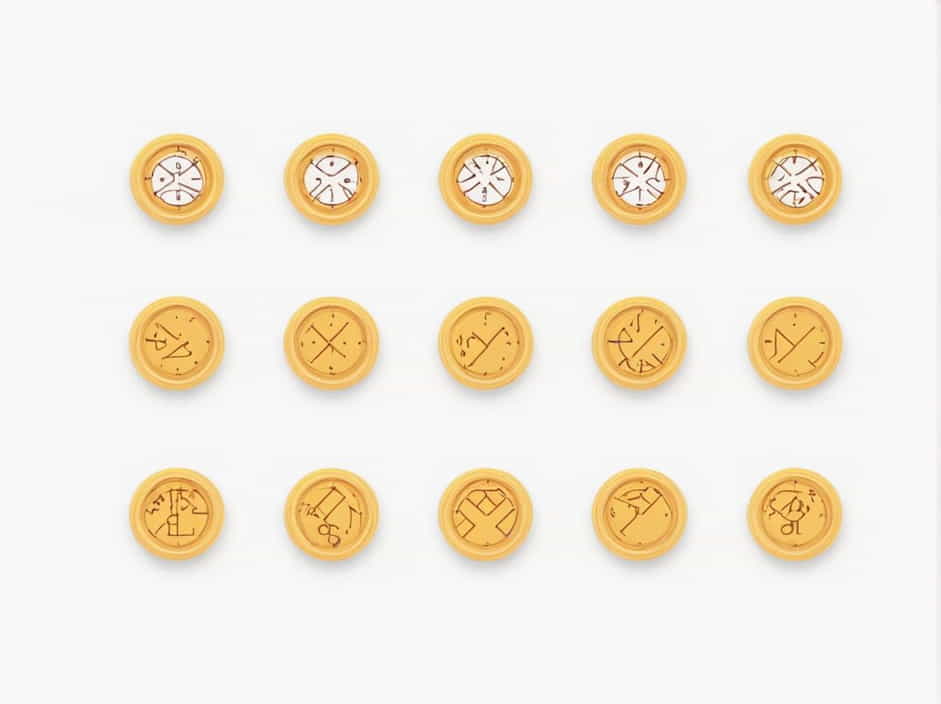Fractions are an essential part of mathematics, and understanding how to order fractions with unlike denominators is a crucial skill for students. When fractions have different denominators, comparing them can be challenging. However, with the right strategies and worksheets, students can master this concept efficiently.
This guide will provide a detailed explanation of ordering fractions with unlike denominators, including step-by-step methods, useful tips, and worksheet activities to enhance learning.
What Are Fractions with Unlike Denominators?
Fractions consist of a numerator (top number) and a denominator (bottom number). When two or more fractions have different denominators, they are called fractions with unlike denominators.
For example:
- frac{1}{4} and frac{2}{3} have different denominators (4 and 3).
- frac{5}{8} and frac{7}{12} have different denominators (8 and 12).
Since the denominators are different, we cannot directly compare these fractions without first converting them to equivalent fractions with a common denominator.
Steps to Order Fractions with Unlike Denominators
To arrange fractions in ascending (smallest to largest) or descending (largest to smallest) order, follow these simple steps:
1. Find the Least Common Denominator (LCD)
The LCD is the smallest number that all denominators can divide into evenly.
- Example: Compare frac{1}{4} , frac{2}{3} , and frac{5}{6} .
- The denominators are 4, 3, and 6.
- The least common denominator for 4, 3, and 6 is 12.
2. Convert Fractions to Equivalent Fractions
Now, convert each fraction so that they all have the LCD as the denominator.
- frac{1}{4} = frac{3}{12}
- frac{2}{3} = frac{8}{12}
- frac{5}{6} = frac{10}{12}
3. Compare the Numerators
Since all fractions now have the same denominator, compare the numerators directly:
- 3/12, 8/12, 10/12
4. Arrange the Fractions in Order
- Ascending Order: frac{1}{4} , frac{2}{3} , frac{5}{6}
- Descending Order: frac{5}{6} , frac{2}{3} , frac{1}{4}
Worksheet Activities for Ordering Fractions with Unlike Denominators
Practicing with worksheets helps students develop a strong understanding of ordering fractions. Here are some effective worksheet activities:
1. Matching Fractions with Common Denominators
- Provide a list of fractions with different denominators.
- Ask students to convert them into equivalent fractions with a common denominator.
- Match each original fraction with its equivalent fraction.
Example:
Match the following fractions with their equivalent forms:
| Original Fraction | Equivalent Fraction |
|---|---|
| frac{2}{5} | frac{6}{15} |
| frac{1}{3} | frac{5}{15} |
| frac{4}{5} | frac{12}{15} |
2. Ordering Fractions in a Number Line
- Provide a blank number line and a set of fractions.
- Ask students to convert the fractions to have the same denominator.
- Place them on the number line in the correct order.
Example:
Order the following fractions on a number line: frac{3}{4} , frac{5}{8} , frac{2}{3} .
Steps:
- Find the LCD for 4, 8, and 3, which is 24.
- Convert fractions:
- frac{3}{4} = frac{18}{24}
- frac{5}{8} = frac{15}{24}
- frac{2}{3} = frac{16}{24}
- Arrange on the number line: ** frac{5}{8} , frac{2}{3} , frac{3}{4} **.
3. Fill in the Missing Fraction
- Provide a sequence of fractions with one missing.
- Ask students to find the missing fraction by determining the correct order.
Example:
Complete the sequence:
frac{2}{7} , _____, frac{5}{7}
Solution:
The missing fraction should be frac{3}{7} or frac{4}{7} , depending on the gap.
Common Mistakes Students Make and How to Avoid Them
1. Comparing Only the Denominators
Some students think a fraction with a larger denominator is smaller. However, the numerator must be considered.
- Incorrect thinking: frac{2}{5} is smaller than frac{3}{8} because 5 is larger than 8.
- Correct approach: Convert them to the same denominator and compare.
2. Forgetting to Convert the Numerator
When changing denominators, students sometimes forget to multiply the numerator by the same factor.
- Example: Converting frac{2}{5} to a denominator of 15 requires multiplying both by 3.
- Correct fraction: frac{6}{15} .
3. Not Arranging in the Right Order
After converting, always double-check that the fractions are placed in the correct sequence.
Why Ordering Fractions with Unlike Denominators Is Important
Mastering this skill is essential for:
- Advanced math topics like algebra and ratios.
- Real-life applications, such as cooking and budgeting.
- Improved problem-solving skills in mathematical reasoning.
Understanding how to order fractions with unlike denominators is a fundamental math skill. By following the step-by-step method, practicing with worksheets, and avoiding common mistakes, students can develop confidence in working with fractions.
Using engaging ordering fractions worksheets, students can enhance their learning experience and master this essential concept effectively.
